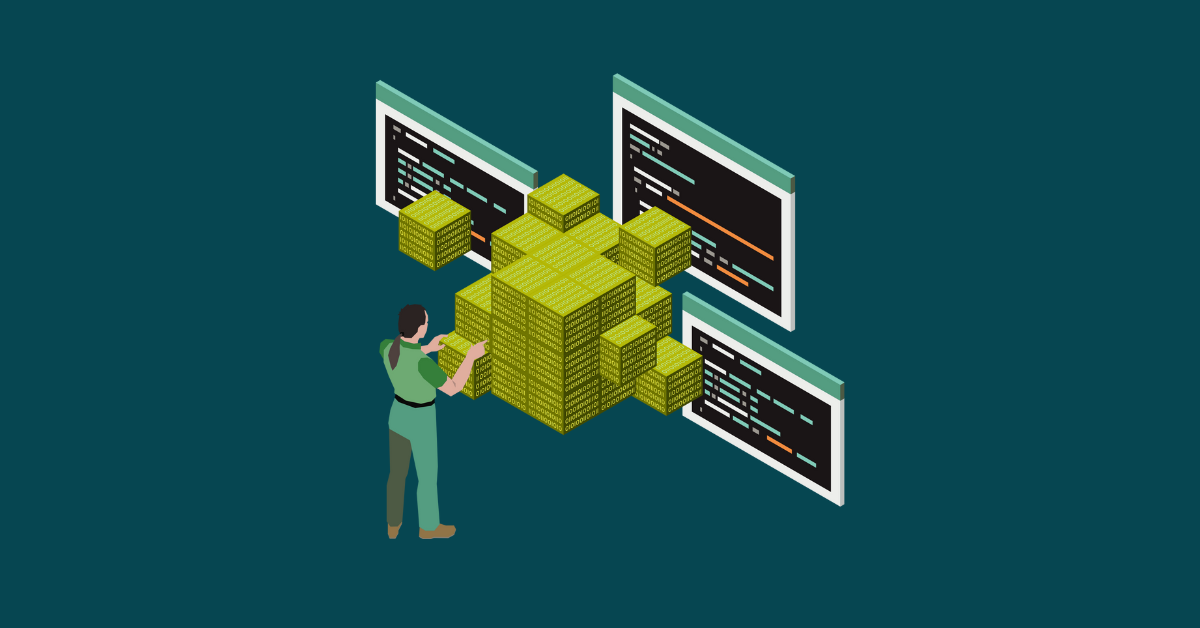

The traditional method of mitigating security risks by securing the perimeter is losing effectiveness. As society moves to remote and hybrid work, and as more smart devices are tied into the Internet of Things (IoT), security teams now have to secure multiple access points throughout all stages of development and deployment with built-in code security measures. These challenges are amplified by having so many different devices communicating with each other that don’t live under the same network.
For decades, network security came at the end of development. It focused on setting up an impenetrable barrier that secured networks on the inside from threat actors on the outside. Inside the perimeter, however, there was little concern for siloing different resources. This model was largely effective while work was done in offices by employees who were on-site.
However, with the rise of remote work, employees, computers, and servers were no longer housed in the same building. The perimeter around the computers and servers — as well as the perimeters around employees — ceased to exist. Instead, computing is becoming a global endeavor that opens up multiple attack surfaces. People are working on the go, all from different locations using multiple devices, often switching devices mid-task.
In this new evolution of work, the notion of perimeter makes no sense. In reality, though, the new model of working simply exposed security risks that were already a function of the perimeter model. Once the perimeter was breached, there was nothing preventing lateral movement and compromise from the inside. The best solution, even before the pandemic-related office exodus, is to lock down internal infrastructure so that if one resource is compromised, it doesn’t provide unfettered access to your entire system.

Another weakness that the blurring perimeter line has exposed is the lack of automation in security practices. Integrating tools to facilitate collaboration becomes imperative in a distributed setting. When sign-offs and hand-offs can’t occur on-site, the necessity of having security tools as part of the continuous integration, continuous delivery (CI/CD) pipeline is even more apparent.
The perimeterless network built on cloud computing requires security to be baked-in from the beginning of development as part of zero trust architecture (ZTA). DevOps teams have to let go of the privilege model of access as well as the practice of tacking on security as an afterthought. Running compromised code can threaten the security of all of a company’s applications.
Outdated security measures such as the old scanning tools are too slow to work at the speed of today’s development teams. They also have glaring shortcomings in that they often don’t work on serverless systems or APIs. Instead, DevSecOps teams should use tools such as interactive application security testing, which give feedback in real-time and can be integrated into an organization’s existing development workflow.
The underlying principle of ZTA is to assume that everything and everyone is a threat. By implementing security as if you’re constantly under attack, you stand a better chance of fortifying your systems. This is accomplished through a “never trust, always verify” philosophy.
Fortunately, DevSecOps teams have more tools than ever at their disposal for integrating from the beginning of development. In 2021, President Biden issued an executive order regarding the need to improve cybersecurity, including soliciting input from the private sector. The National Institute of Standards and Technology (NIST) issues guidelines for evaluating software security and evaluating security practices that all DevSecOps teams can put into practice.
With this increased focus on implementing security practices and demanding transparency regarding software security, there will be even more guidelines regarding minimum standards, best practices, and effective tools for enhancing software security.
While there are many factors that go into building an effective, agile DevSecOps team, the first involves guaranteeing good code hygiene. This should be an automated process to ensure that the original code developers are writing is secure. The second element is ensuring the software supply chain is secure, including libraries and frameworks. With the widespread use of open-source and 3rd-party code, this step is particularly important since vulnerabilities are often public knowledge. Finally, teams need to have a way to detect and respond to security threats in production.

Simply having solutions isn’t always an answer to security threats. Many of the largest breaches occurred on systems that either weren’t updated or weren’t patched. Vulnerabilities in open-source code are usually found quickly, and patches are readily available. However, developers still use compromised versions. When organizations aren’t aware of what’s in their code, they open themselves up to risks. With such a wide range of access points and dependencies, it’s impossible to keep track of current versions, updates, and necessary patches manually.
Kiuwan creates end-to-end solutions to help your team identify vulnerabilities and create a plan to reduce your cyber risks. Our Code Security (SAST) provides blazing-fast results by automatically scanning your code to identify and remediate risks. SAST works with all important programming languages and works with your team’s existing DevSecOps tools across the entire software development lifecycle. Set your goals, monitor your progress, and take action based on your established rules. SAST complies with all major security standards, including OWASP and CWE.
For risks associated with open source code, Kiuwan offers Insights Open Source (SCA). Our SCA tool automates the management of your open source code to reduce your risks of any security vulnerability, obsolescence, and licensing and policy issues. Kiuwan integrates with your current DevSecOps tools to support continuous open source management with a multi-technology solution.
Kiuwan’s Code Quality provides you with a range of additional features to improve your development process. Reduce your technical debt by managing the effort needed to correct flaws. You can continuously analyze every time you build with Jenkins Analysis. Use differential reports to find out what defects have been introduced.
Reach out today for a demonstration of Kiuwan’s security tools. Find out how your team can add security to your application development pipeline.


